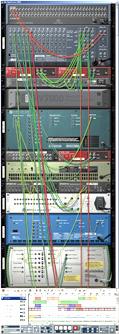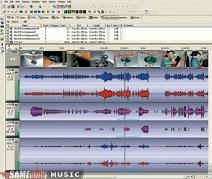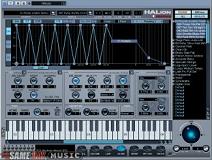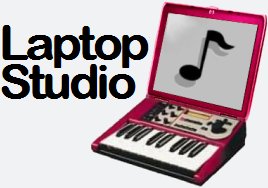Atmogen review — Electronic Musician
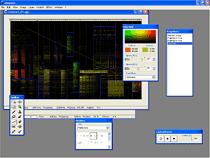
Atmogen 1.02, the visual additive synthesizer from the intriguingly-named Sonorous Codes, has been reviewed by Electronic Musician magazine: “The program gives you enormous sound-design potential, allowing you to use tools that are more closely associated with image editing in order to generate and process sound files.” You’ll need a fast computer with a lot of hard disk space, but they said they had no stability problems at all during their testing.
They offer a recap of Atmogen’s sound design interface. The sound is represented as a bitmap image on the screen: “Atmogen uses the brightness of each pixel to control amplitude, color to control pan position (green is left, yellow is center, and red is right), and the vertical position of the pixel for frequency. The resolution of the sound rendering is completely user adjustable. For example, an image can be “quantized†to produce just a few sine waves, or it can control up to 1,024 complex waveforms simultaneously.”
A number of the tools in Atmogen are described — the graphical editing tools, and the Markers and Layers to help organize your sound/image — and there are also a number of effects available, as you might expect. They work well, but aren’t that easy to use: “Though the number and range of the Effects is impressive, most are not well documented, and no usage tips are given as a rule. But with a little trial and error, you can figure out their functions and how they might be useful.”
As with other similar programs, Atmogen looks like a tool for the more experimental musician or sound designer: “Atmogen is a deep program, with layers and layers of controls. It’s hugely adaptable to experimentation and can provide endless raw material for your sonic explorations.” However, perhaps because of its experimental nature, they feel the documentation is a bit lacking.
In the end, Atmogen gets a rating of 4.5 out of 5: “for anyone on the PC who is interested in exploring a wholly new approach to working with sound, atmogen is a great resource. There are a few other image-to-sound programs available (Rasmus Ekman’s Coagula comes to mind), but atmogen has far more power. The program is so ripe for interactive experimentation that you just might want to put away the manual and spend a few hours (make that, a few days!) uncovering atmogen’s many treasures.”

